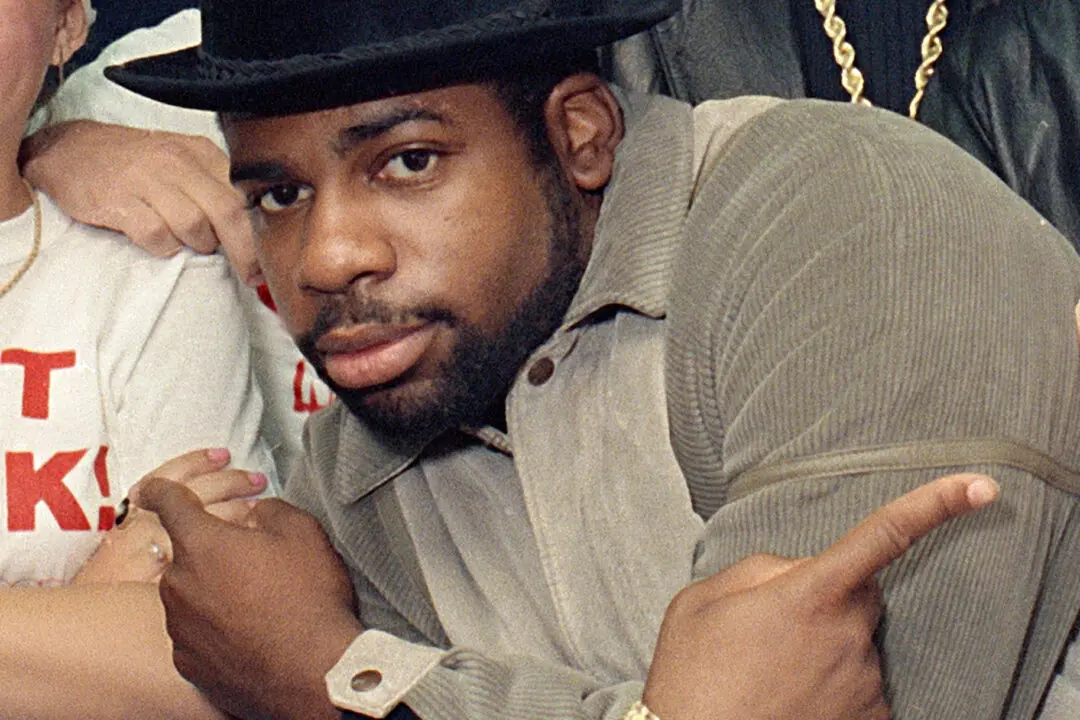BEIJING—Buy more U.S. exports? Done. Tinker with technology tactics that irk Washington and other trading partners? Maybe. But scrap those plans, seen by Beijing as a path to prosperity and influence? Probably never.
The agreement by President Donald Trump and his Chinese counterpart Xi Jinping on a cease fire on tariffs postpones the threat of more disruption for China’s exporters and their Asian suppliers. Some economists said Xi might be ready to negotiate in earnest.





